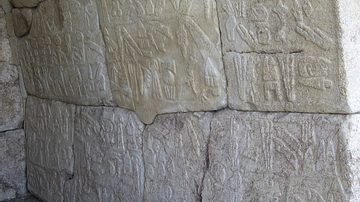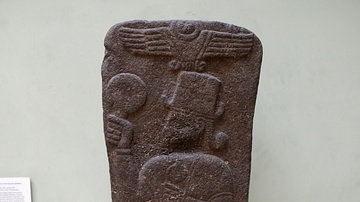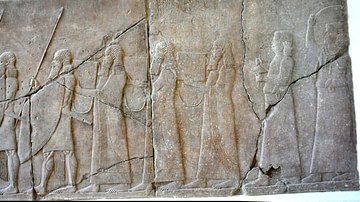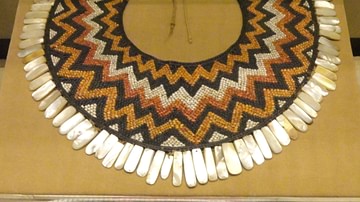Illustration
These musical instruments were given to the Assyrian king Shalmaneser III (reigned 858-824 BCE) by the king of Hamath (now Hama) in Syria. His name, Urhilina, appears in Luwian hieroglyphs on the underside of the right shell. The border was incised in a guilloche pattern. From Fort Shalmaneser at Nimrud, in modern-day Iraq. Neo-Hittite period, 9th century BCE. (The British Museum, London).
About the Author
Cite This Work
APA Style
Amin, O. S. M. (2018, November 23). Shell Clappers with Luwian Hieroglyphs. World History Encyclopedia. Retrieved from https://www.worldhistory.org/image/9565/shell-clappers-with-luwian-hieroglyphs/
Chicago Style
Amin, Osama Shukir Muhammed. "Shell Clappers with Luwian Hieroglyphs." World History Encyclopedia. Last modified November 23, 2018. https://www.worldhistory.org/image/9565/shell-clappers-with-luwian-hieroglyphs/.
MLA Style
Amin, Osama Shukir Muhammed. "Shell Clappers with Luwian Hieroglyphs." World History Encyclopedia. World History Encyclopedia, 23 Nov 2018. Web. 13 Apr 2025.








